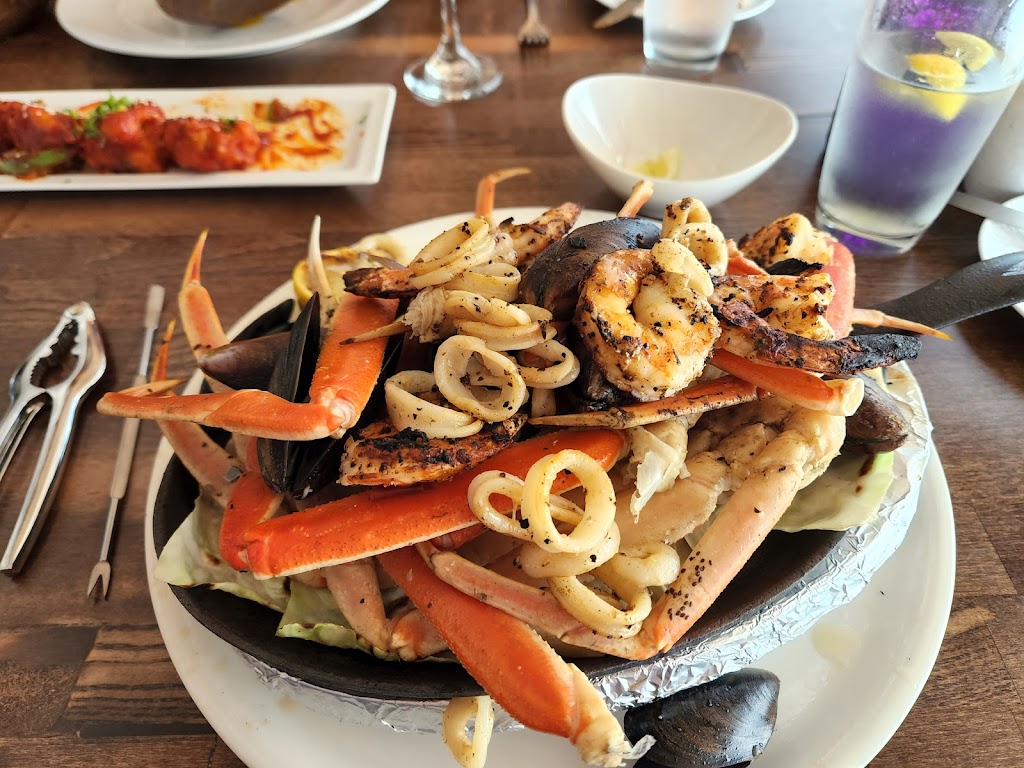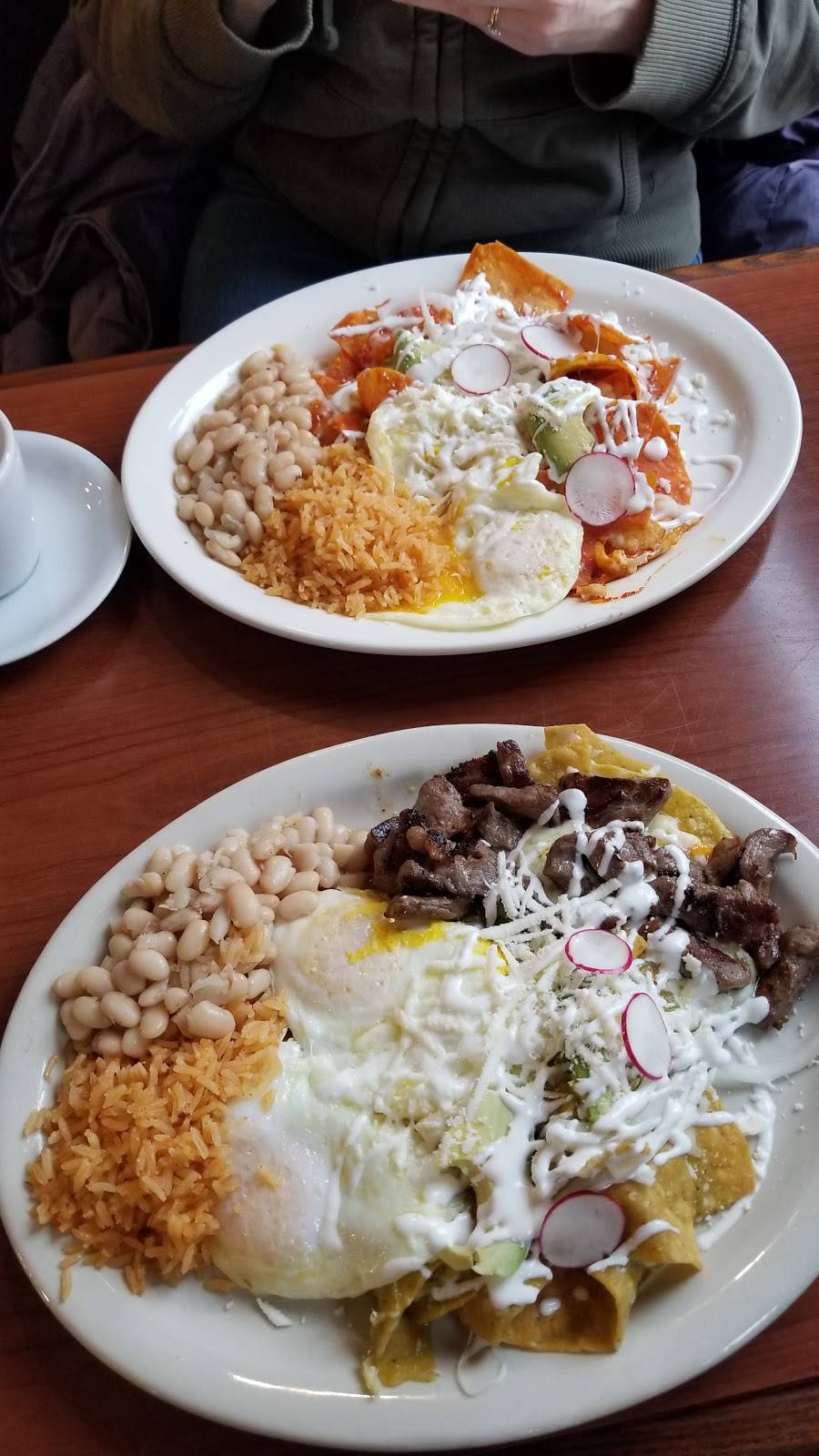

In a number of cases it would appear that convalescent and some vaccine serum offers limited protection against this variant. The receptor binding domain mutations provide tighter ACE2 binding and widespread escape from monoclonal antibody neutralization largely driven by E484K although K417N and N501Y act together against some important antibody classes.

Here we describe a structure-function analysis of B.1.351 using a large cohort of convalescent and vaccinee serum samples. Mutations in the receptor recognition site on the spike are of great concern for their potential for immune escape. These variants have multiple changes in the immunodominant spike protein which facilitates viral cell entry via the Angiotensin converting enzyme-2 (ACE2) receptor. Independent lineages of SARS-CoV-2 have recently been reported: UK–B.1.1.7, South Africa–B.1.351 and Brazil–P.1. The race to produce vaccines against SARS-CoV-2 began when the first sequence was published, and this forms the basis for vaccines currently deployed globally. Collectively, our data show that while the S-614G substitution results in subtle increases in binding and replication in vitro, it provides a real competitive advantage in vivo, particularly during the transmission bottle neck, providing an explanation for the global predominance of S-614G variant among the SARS-CoV-2 viruses currently circulating. Here, we generated isogenic SARS-CoV-2 variants and demonstrate that the S-614G variant has (i) enhanced binding to human host cell surface receptor angiotensin-converting enzyme 2 (ACE2), (ii) increased replication in primary human bronchial and nasal airway epithelial cultures as well as in a novel human ACE2 knock-in mouse model, and (iii) markedly increased replication and transmissibility in hamster and ferret models of SARS-CoV-2 infection. However, whether the increasing prevalence of the S-614G variant represents a fitness advantage that improves replication and/or transmission in humans or is merely due to founder effects remains elusive. As antibodies binding to spike receptor-binding domain and N-terminal domain demonstrate diminished neutralization potency in vitro against some emerging variants, updated mAb cocktails targeting highly conserved regions, enhancement of mAb potency or adjustments to the spike sequences of vaccines may be needed to prevent loss of protection in vivo.ĭuring the evolution of SARS-CoV-2 in humans a D614G substitution in the spike (S) protein emerged and became the predominant circulating variant (S-614G) of the COVID-19 pandemic1. Many highly neutralizing mAbs engaging the receptor-binding domain or N-terminal domain and most convalescent sera and mRNA vaccine-induced immune sera showed reduced inhibitory activity against viruses containing an E484K spike mutation. Here, using monoclonal antibodies (mAbs), animal immune sera, human convalescent sera and human sera from recipients of the BNT162b2 mRNA vaccine, we report the impact on antibody neutralization of a panel of authentic SARS-CoV-2 variants including a B.1.1.7 isolate, chimeric strains with South African or Brazilian spike genes and isogenic recombinant viral variants. Rapidly spreading SARS-CoV-2 variants may jeopardize newly introduced antibody and vaccine countermeasures. Severe acute respiratory syndrome coronavirus 2 (SARS-CoV-2) has caused the global COVID-19 pandemic. Although SARS-CoV-2 R.1 lineage was not globally predominant as of March 2021, further analysis is needed to determine whether R.1 variant will disappear or expand in the future.

During the period between Octoand February 23, 2021, the frequency of the R.1 lineage was 0.97% (84 / 8,629) of the total confirmed data in Japan and 0.15% (135 / 90,450) in the USA.

As of March 5, 2021, the R.1 lineage have been identified in 305 samples and dominantly observed in the USA (44%, 135 / 305) and Japan (28%, 84 / 305) from the GISAID database. This strains were classified into GR clade (GISAID), 20B clade (Nextstrain) and R.1 lineage (PANGO). They had no history of staying abroad and were living in Japan. These three patients were relatives one was in the 40s, and two were younger than 10 years old. As a result, three patients were infected with SARS-CoV-2 harboring E484K mutation in January 2021. We obtained the SARS-CoV-2 genome sequence from these patients and examined variants in RBD. Total nucleic acids were subjected to whole genome sequencing on samples from 133 patients with coronavirus disease (COVID-19). We aimed to investigate SARS-CoV-2 emerging lineage harboring variants in receptor binding domain (RBD) of spike protein in Japan.


 0 kommentar(er)
0 kommentar(er)
